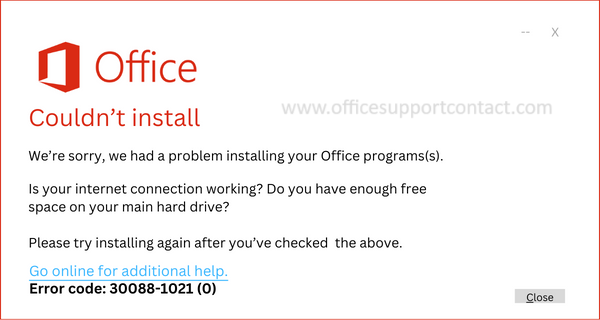How to Increase Windows 11's Speed: Fix Slow Performance Issues
It seems that some users are facing difficulties with the speed on their Windows 11 computers. Many minutes of unproductive waiting involve a user’s frustration following the installation of Windows 11. Luckily, there are a few efficient measures to boost the performance of your Windows 11 device. In this article, we show you how to perform certain activities to address the underperformance issue in your Windows 11 OS.
https://officesupportcontact.com/speed-up-windows-11-performance-fix/



Comments
Post a Comment